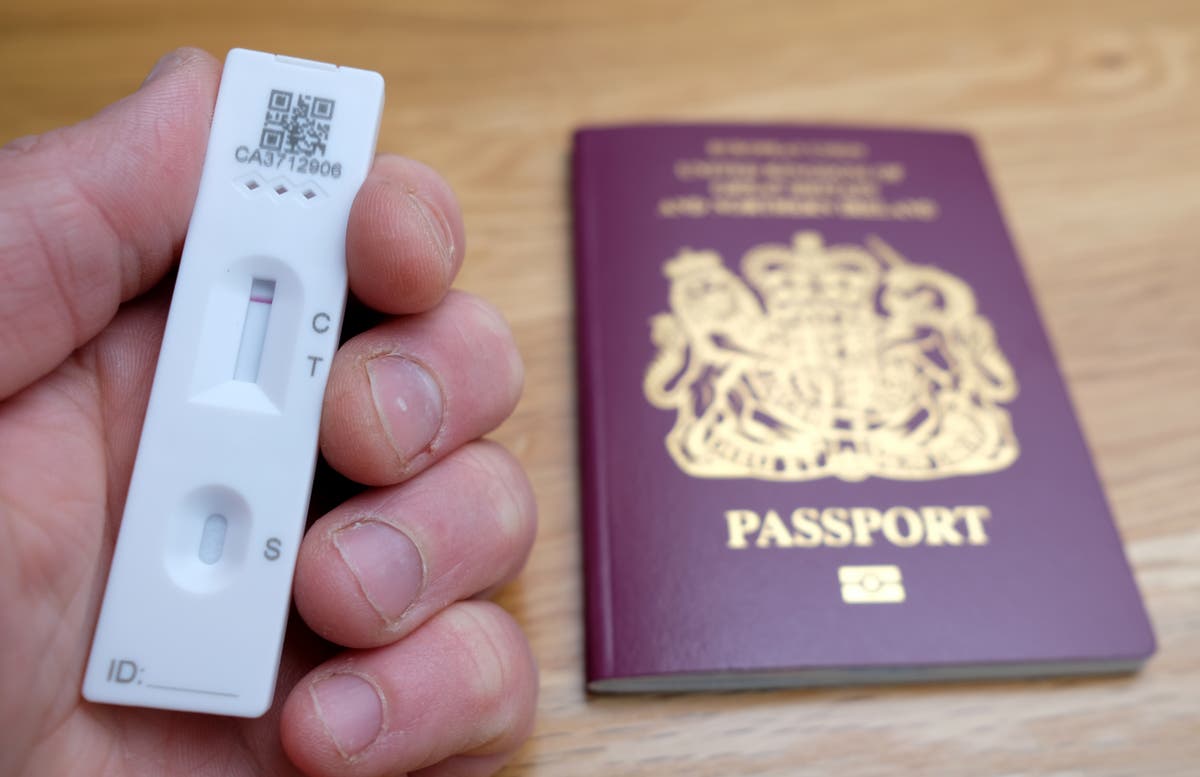How to Sound Less Stupid When You Talk About Gas Prices
For something that affects so many Americans, we don’t seem to understand how gas prices actually work. Weird conspiracy theories and free-floating anger run rampant in small talk, blaming everyone from the president to greedy oil company executives to...


Photo: Alex Millauer (Shutterstock)
For something that affects so many Americans, we don’t seem to understand how gas prices actually work. Weird conspiracy theories and free-floating anger run rampant in small talk, blaming everyone from the president to greedy oil company executives to consumers themselves. It has to be someone’s fault.
But in spite of the “I did that” stickers at your local gas pumps, the price of gas isn’t determined by the president, a shadowy cabal of price-fixing ultra-capitalists, China, or reverse vampires. It’s almost all a function of supply and demand, a force more powerful than both the Illuminati and the presidential administration combined.
What determines the price of a gallon of gas?
The price you pay for gasoline is largely determined by the price of crude oil. According to the American Petroleum Institute, around 60% of the price of a gallon of gas is due to the price of crude oil. (The other 40% is a mixture of refining costs [18%], federal and state taxes [12%], and distribution and marketing costs.) When it comes to cause of fluctuations in the price of gas, crude oil prices explain more than 90% of the variation over the last two years. So gas is expensive or cheap because crude oil is expensive or cheap.
Okay, then what affects the price of crude oil?
While there are other, smaller factors that determine the price of crude oil, by far the main driver of its price is supply and demand—prices are determined by the availability of a product and the desire of people to buy it. This is why 1956 Fender Stratocasters are worth $22,000 while a Gary Basswood costs less than 90 bucks.
So why did the price of gasoline rise so suddenly?
Back in 2020, when COVID first hit, demand for oil fell quickly because so many people worldwide stopped driving to work and traveling. There was plenty of oil in supply, with little demand, so the price of oil and gas fell—sometimes to below zero dollars a barrel. In response to the lack of demand, oil producers quickly cut production because they didn’t want to sell oil at such low prices.
When “normal life” returned, and people started traveling and commuting again, demand for oil rose. Demand for oil in the U.S. rose to pre-pandemic levels in 2022 because demand goes up quickly, but creating more gasoline takes more time than just wanting there to be more gasoline. Some of this is practical—it takes time to restart wells and refineries—but some of it isn’t. Oil companies and oil producing nations take a strategic approach to how much crude oil to produce, because too much oil lowers the price, and no one wants to be stuck selling cheap oil if the price goes too low.
Then there was the war between Russia and Ukraine. Russia, a top oil-producing nation, was sanctioned by the U.S. and E.U., cutting the globe’s supply of oil further. It all led to our current situation: Low supply, high demand, so high prices at the pump.
Why is the price of gas going down right now?
The price is falling from its monumental high in June for a few reasons. First, oil suppliers and refiners restarted their wells and increased refining months ago, and now that oil is starting to hit the supply depots. The second is due to global inflation (in part driven by oil prices)—money is worth less, so everything is more expensive. The third is because markets are foreseeing an economic slowdown on the horizon.
While the price of gas is ultimately a supply-and-demand thing, it’s is also determined by predictions about future prices of crude oil, and the gas futures market has been falling steadily since its high on June 8. That’s largely due to fears of a recession—demand for oil and gas could fall if the economy as a whole takes a downturn, so futures are worth less because no one wants to be caught holding a bunch of oil if it can only be sold cheaply. Consumer gas prices lag behind the futures market by about three days.
What can the government do about the price of gasoline?
As much as we tend blame high gasoline prices on the actions (or inactions) of the federal government (about 64 percent of Americans think the president has at least some control of gas prices), there really isn’t anything the president can do to directly control the price of gasoline in the short term. The president doesn’t have a “make prices lower” button on his desk—he (and everyone) is largely at the mercy of supply and demand.
The president can (and has) released oil from America’s strategic oil reserves, called on oil producers and refiners to boost production and stop being so greedy, and proposed a three-month gas-tax “holiday.” But the price of gas didn’t really start falling until supply was increased and future markets started falling. Similarly, gas was very cheap at the end of the Trump administration because demand suddenly fell due to the pandemic, not because of anything the government did or didn’t do.
Oil companies are greedy, that’s for sure, but there’s no indication that they’re any more greedy than they were 10 years ago. It’s easy (and fun) to point a finger at the head of Exxon and say, “just lower prices, ya asshole.” But an imaginary Exxon CEO who decided to give gas away for free, just to be nice, would be breaking laws designed to protect stockholders. Corporations have a legal obligation to be profitable (or “greedy,” if you want to look at it that way.)
How low is the price of gas going to fall?
There’s no way anyone can tell how long gas prices will continue to fall or how low they will go. A ton of things can effect both supply and demand—hurricanes could wreck refineries, Thanos could snap half the world out of existence and cut demand by 50% instantly—but, as Patrick De Haan, head of petroleum analysis at GasBuddy, points out: barring anything unexpected, gas prices will probably fall by 1 or 2 cents a gallon every day for the next two or three weeks, bringing us an average per-gallon cost of around $4.25 a gallon by mid August.

 Aliver
Aliver 





























